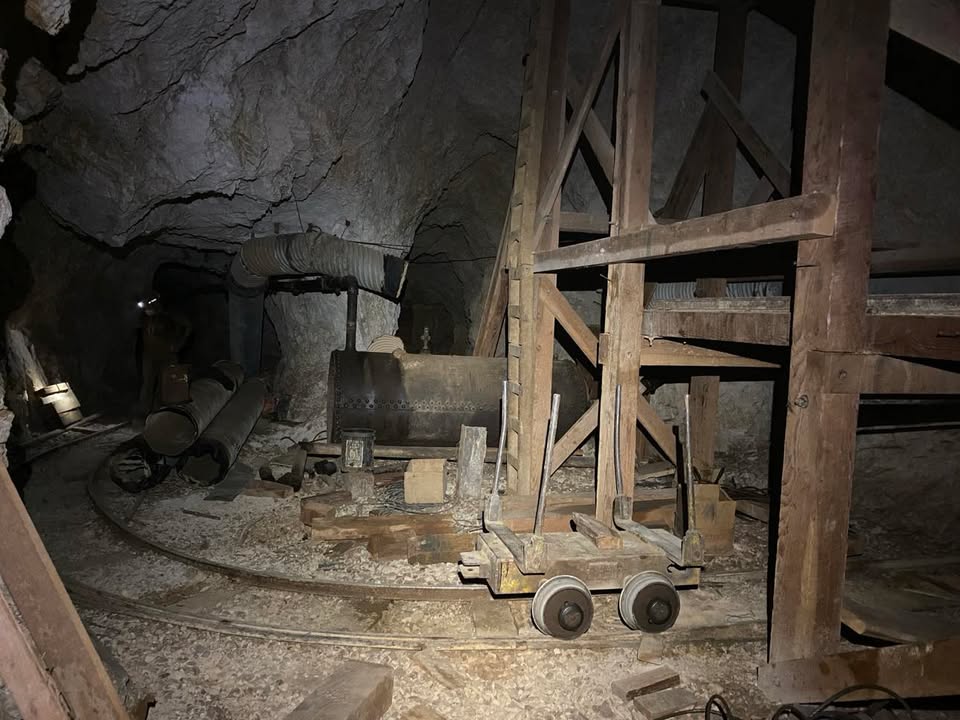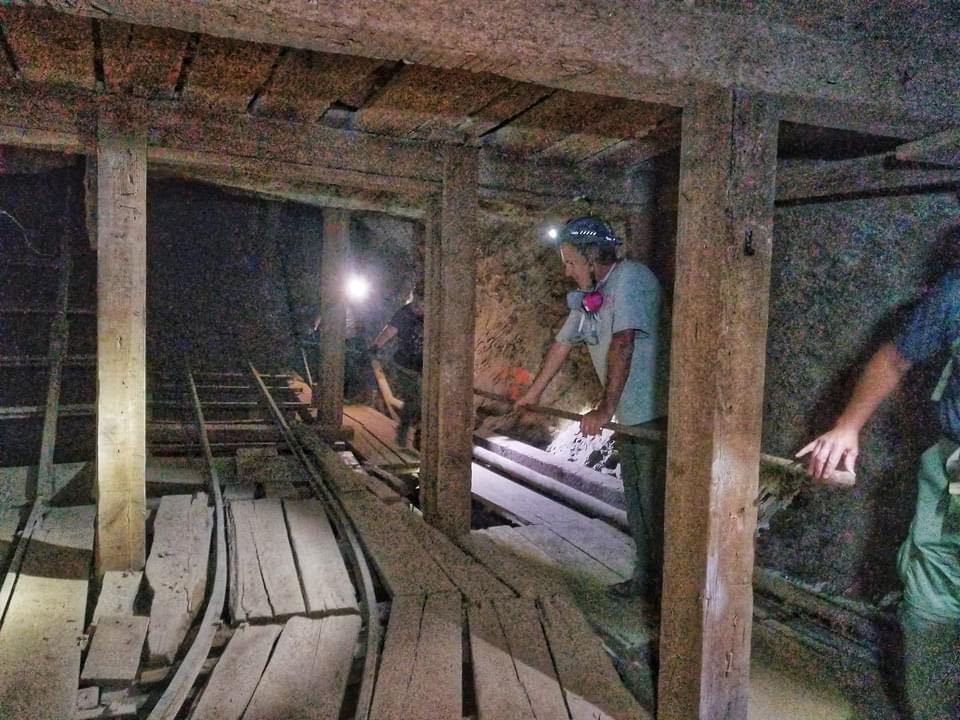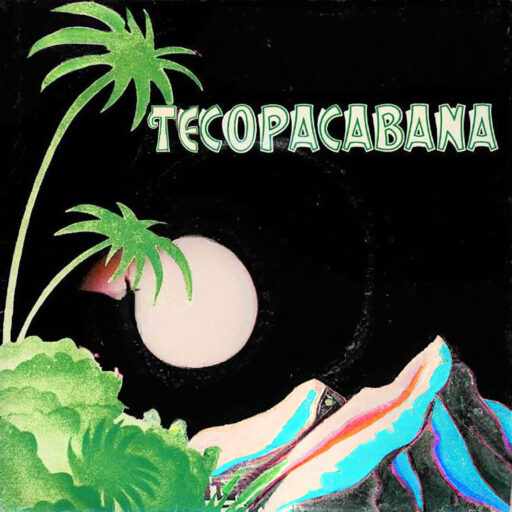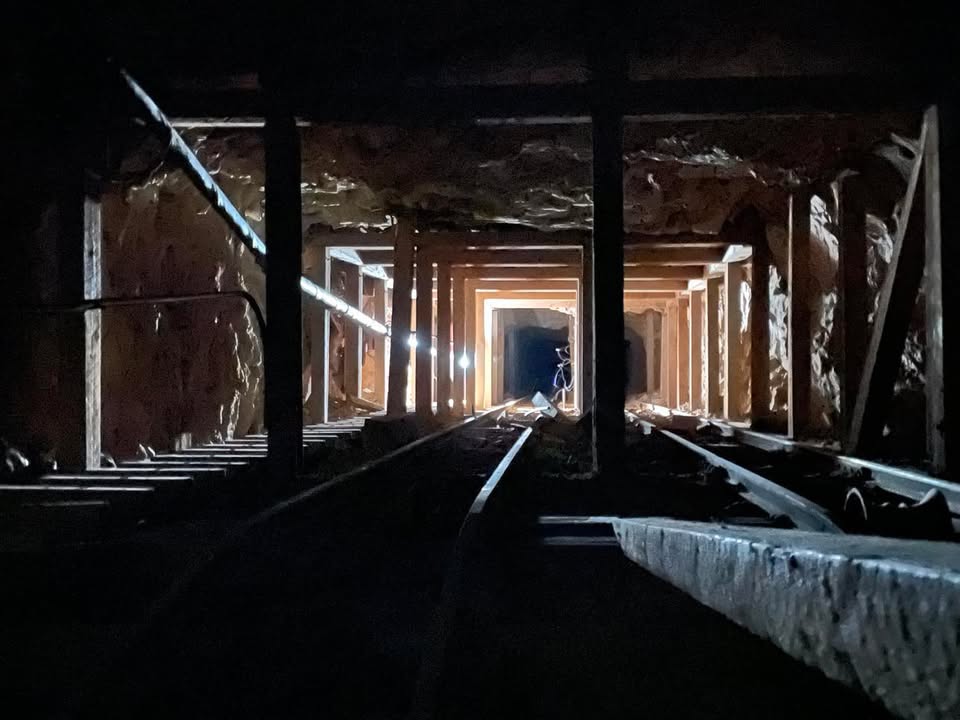Nestled in the arid landscape of Southern California’s Mojave Desert, Tecopa holds a rich history deeply rooted in mining. During the late 19th and early 20th centuries, this small desert town emerged as a vital hub for extracting silver, lead, and zinc. The discovery of abundant ore deposits in the surrounding mountains sparked a mining boom that shaped the area’s economy and culture for decades.
A Mining Boomtown
Mining activity in Tecopa began in earnest during the late 1800s, attracting miners, prospectors, and entrepreneurs eager to tap into the region’s lucrative mineral wealth. By the early 20th century, Tecopa and the neighboring Shoshone mining districts had become significant centers of mineral extraction. The rugged terrain and harsh desert climate presented challenges, but the promise of prosperity fueled relentless efforts to extract the valuable resources buried beneath the earth.
The Tonopah and Tidewater Railroad: Tecopa’s Lifeline
The success of Tecopa’s mining industry was closely tied to the construction of the Tonopah and Tidewater Railroad (T&T Railroad) in the early 1900s. This vital transportation link connected the remote mining operations of Tecopa to larger markets and processing facilities. The railroad was instrumental in transporting ore, supplies, and equipment, as well as providing a means for miners and their families to travel to and from the region.
The T&T Railroad not only boosted Tecopa’s mining industry but also fostered the growth of small communities along its route. The railroad’s influence can still be felt today, with traces of its path and infrastructure visible to those exploring the area.
Exploring the Tecopa Mines
Nestled in the rugged expanse of the Mojave Desert, the Tecopa Mines stand as enduring relics of California’s mining history. Visitors to the region can take a tour of Tecopa Mines, which is also a YouTube Channel, by reaching out to owner and operator Ross Dykman at Tecopamines (at) gmail (dot) com or on Facebook or Instagram.
Mine tours include historical sites offering a glimpse into Tecopa’s mining past. These mines—Noonday, War Eagle, Columbia, and Grant—tell a story of ambition, innovation, and perseverance in the face of unforgiving terrain. Located in the shadow of the Tecopa Hills, this historic district once bustled with the activity of miners seeking riches beneath the arid desert surface.
A Glimpse into the Noonday, War Eagle, Columbia, and Grant Mines

The Tecopa mining district flourished in the late 19th and early 20th centuries, primarily driven by the discovery of rich deposits of lead and silver. While the gold rush captured much of California’s early mining spotlight, the deposits near Tecopa provided essential minerals that fueled industrial growth and wartime production.
The Noonday Mine, among the most prominent in the district, became a centerpiece of operations in the early 1900s. Known for its vast lead reserves, the Noonday attracted investment and workers, quickly becoming a cornerstone of the regional mining economy. Its labyrinthine tunnels and shafts stretched deep into the earth, a testament to the determination of miners to extract the wealth hidden below.
Nearby, the War Eagle Mine also emerged as a significant operation, tapping into adjacent veins of lead and silver. Unlike the Noonday, War Eagle’s operations extended over a shorter period but were marked by notable production booms. With rugged terrain and limited water resources, miners at War Eagle relied on ingenuity and collaboration to overcome challenges, often sharing infrastructure with neighboring mines.
The Columbia Mine added to Tecopa’s industrial prominence, producing both lead and silver in substantial quantities. Its operations were characterized by innovative mining techniques for the time, leveraging steam-powered equipment and rail connections to maximize output. Columbia served as a vital link in the chain of Tecopa’s economic engine, ensuring the district’s output met the needs of a rapidly modernizing nation.
The Grant Mine, while less celebrated than its counterparts, holds its own historical significance. Smaller in scale, the Grant focused on extracting high-grade ores, often functioning as a feeder operation for larger processing facilities in the area. Its story is one of adaptability, as it adjusted to fluctuating market demands and the shifting fortunes of the mining district.

Booms, Busts, and the Challenges of Desert Mining
The Tecopa mining district saw its fortunes rise and fall with the tides of market demand. The early 1900s were a period of growth, with mining companies establishing infrastructure to support large-scale operations. A railroad spur connected the mines to processing centers and markets, and small mining camps sprang up, complete with housing, saloons, and supply depots.
However, by the mid-20th century, the district faced steep declines. Depleted ore reserves, coupled with the rising cost of mining operations and fluctuating metal prices, led to the gradual abandonment of the mines. World War II brought a brief resurgence in activity as the demand for lead soared, but it was not enough to sustain long-term operations. By the 1950s, the Tecopa mines had largely fallen silent, their once-bustling camps left to the desert winds.
Early Mining Revenue
The exact amount of money made from mining and resource extraction in Tecopa and Shoshone is difficult to determine due to incomplete historical records, fluctuating mineral prices, and the piecemeal nature of mining operations in the region. However, estimates based on historical data and records from the early mining era provide some context for the scale of wealth generated.
During the late 19th and early 20th centuries, the Tecopa and Shoshone mining districts were significant producers of silver, lead, and zinc. These minerals were highly valuable during this time, particularly as industrialization increased global demand. Mines like the Noonday Mine and War Eagle Mine produced substantial quantities of ore.
- Silver: In the late 1800s, silver was valued at approximately $1.20 per ounce (adjusted for historical context). Mines in the Tecopa area are estimated to have produced hundreds of thousands of ounces of silver, contributing millions of dollars in revenue.
- Lead and Zinc: Lead and zinc production was equally significant, especially during World War I and World War II when these metals were critical for ammunition and industrial uses. Combined production likely totaled tens of thousands of tons, contributing additional millions in revenue.
Estimates of Lifetime Revenue
Historical mining records from the region suggest that the combined revenue from mining operations in Tecopa and Shoshone may have exceeded $50 million to $100 million (unadjusted) during their peak years. When adjusted for inflation, this could equate to hundreds of millions of dollars in today’s currency.
Factors Impacting Revenue Estimates
- Fluctuating Mineral Prices: The value of extracted minerals varied widely over time due to economic conditions, wars, and technological advancements.
- Limited Documentation: Many smaller mining operations did not maintain detailed financial records, and larger mines often kept proprietary data that may not have been fully preserved.
- Declining Production: After the mid-20th century, the profitability of mining in the area declined as ore grades diminished, and global competition increased.
Broader Economic Impact
Beyond direct revenue, mining brought significant economic activity to Tecopa and Shoshone, supporting local businesses, transportation networks (such as the Tonopah and Tidewater Railroad), and infrastructure development. It also played a role in shaping the cultural and economic identity of the region.
Tecopa Today: A Blend of History and Natural Beauty
Today, Tecopa’s mining heritage is preserved in local landmarks and attractions like Tecopa Mines are drawing history enthusiasts, hikers, and adventurers alike. Guided tours, interpretive signs, and Shoshone Museum‘s exhibits provide insight into the town’s rich past. Beyond its historical allure, Tecopa’s surrounding landscape features stunning natural beauty, including unique geological formations, hot springs, and a vibrant ecosystem.
The area’s mining history also offers a compelling backdrop for modern exploration. Adventurers can trek along old mining trails, marvel at the remnants of early infrastructure, and imagine the challenges faced by those who once toiled in the desert heat. Tecopa’s proximity to Death Valley National Park and its hot mineral springs make it an even more appealing destination for travelers seeking a mix of history, relaxation, and outdoor adventure.
Preserving the Past for Future Generations

Efforts to preserve Tecopa’s mining history continue thanks to Ross (pictured) at Tecopa Mines and his dedicated cadre of volunteers, ensuring that the stories, and even the machinery, of this once-thriving mining hub remain alive for future generations. By exploring the remnants of its mining era, visitors gain a deeper appreciation for the ingenuity, resilience, and determination that characterized Tecopa’s early settlers. Plus, there are plenty of places to stay while you’re in town.
Whether you’re a history buff, nature enthusiast, or curious traveler, Tecopa’s mining legacy offers a captivating journey into California’s past. From its role as a center of mineral extraction to its enduring charm as a desert destination, Tecopa is a testament to the enduring spirit of the Old West.
Photos courtesy of Tecopa Mines
The information used in this article draws from a variety of credible sources. Here’s a detailed list of references for the content:
- California State Mining and Geology Board: Provides insights into the historical significance of California’s mining districts and their contributions to industrial and wartime efforts.
- Website: https://www.conservation.ca.gov/cgs
- Bureau of Land Management (BLM): Offers records on the Noonday Mine and its operations, emphasizing the role of federal land management in historic mining activities.
- Website: https://www.blm.gov
- USGS Mineral Resource Studies: Supplies detailed geological and mineral resource data that help contextualize the production of the War Eagle Mine and its regional impact.
- Website: https://www.usgs.gov
- Mining Journal Archives: Documents innovative mining techniques and operational highlights of the Columbia Mine, including its use of steam-powered equipment.
- Historical archives, accessible through mining-focused publications and specialized libraries.
- Shoshone Museum: Chronicles the development of the Tecopa mining district, including infrastructure advancements like the railway connection and the rise of mining camps.
- Website: http://shoshonemuseum.org
- Amargosa Conservancy: Discusses the environmental and historical challenges associated with the preservation of Tecopa’s mines and their surrounding ecosystems.
- Website: https://www.amargosaconservancy.org
- National Park Service (NPS): Highlights the significance of preserving historical mining sites within the Mojave Desert while advocating for sustainable tourism.
- Website: https://www.nps.gov


Leave a Reply